In 1967, William Dozier, producer of the wildly successful Batman TV program, commissioned a script based on another famous DC Comics property, Wonder Woman. Five minutes’ worth of a pilot episode was filmed.
[springboard type=”youtube” id=”-tKZJVhn7M4″ player=”ulfb001″ width=”480″ height=”400″ ]
Somewhere, on some other of the Infinite Earths, the pilot script was re-tooled, and “Wonder Woman” became a smash hit, propelling the character to pop culture superstardom. She surpassed even the success of Batman, who was largely forgotten by the mainstream. (DC Comics made several attempts to revitalize that character, and turn him into one of the “Big Three,” but they were to no avail. On this particular earth, no one could fully get a handle on the dark, violent, masculine ethos that animated him.)
Wonder Woman stole his thunder.
But the character suffered for this fame. In the eyes of the general public, Wonder Woman was pure camp. A joke. Even though comics fans knew her from storied runs by creators like Dennis O’Neil and Neal Adams, and Steven Englehart and Marshall Rogers, it wasn’t really until Frank Miller’s groundbreaking Wonder Woman: The Amazon Princess Returns mini series event in 1986 completely revitalized the character, paving the way for Tim Burton’s 1989 classic film. “Breakfast Club” and “Short Circuit” star Ally Sheedy was cast in the title role, “Fast Times at Ridgemont High’s” Jennifer Jason Leigh won the role of The Cheetah, and Kevin Costner was cast as Steve Trevor. Warner Bros poured tens of millions of dollars into producing and marketing the film. Teenagers all over the world wore T-shirts emblazoned with her famous eagle bustier and had the stylized “WW” shaved into their heads.
The movie broke multiple box office records, and spawned three sequels. Recently, “Memento” director Christopher Nolan offered a brand new trilogy of films, “Wonder Woman Begins,” “The Amazon Warrior,” and “The Amazon Warrior Rises,” to great acclaim and success.
That, mind you, is on some other Earth. One that was destroyed in the Crisis. On this earth, it seems everybody’s afraid of Wonder Woman. But in the mid-1970s, Wonder Woman did manage to get herself into a couple of TV movies, a couple of one-hour specials, and then eventually into a series that, despite multiple obstacles (including changing the setting from the 1940s to the 1970s between the first and second seasons, and a change of networks), managed to last three seasons. It’s mostly faded into obscurity, but it does retain a small but fervent cult following. Among the show’s most devoted fans is Mike Pingel, author of the book Channel Surfing: Wonder Woman.
It’s obvious that Pingel has a lot of enthusiasm for the TV iteration of the character, and Lynda Carter, the dazzlingly beautiful actress who portrayed her. Unfortunately, that enthusiasm isn’t contagious; in fact, the book is actually alienating for a number of reasons. For one thing, you will note that in the paragraph above I gave the title as Channel Surfing: Wonder Woman. That is the title as it appears on the cover. However, at the heading of each page of the book, the title is given as Surfing Channels: Wonder Woman. It’s never a good sign when a book is unsure as to its own title.
Then, the book is riddled with distracting typographical and grammatical errors. Take this, from page 20:

Apparently, that first paragraph needed to be repeated. Apparently, that first paragraph needed to be repeated. Note also, the title at the top of the page.
Page 9:
“Later reports states that Marson’s wife Elizabeth actually had the idea of the character of Wonder Woman.”
Page 43:
“She also starred in two short-lived TV series, Partners in Crime with Loni Anderson and Hawkeye.”

In “Sensation Comics” #3, from March 1942, Wonder Woman went undercover as a sensational secretary who makes no typos. This book could have used her services.
There is little in the episode guide, that takes up nearly 90 pages, that’s particularly insightful or impressive. Each episode gets a brief synopsis (some as few as two sentences), followed by bullet-pointed “Lasso Tips” and “WW Toys,” in which we learn things like:
- Wonder Woman grips the bottom of a helicopter and stops a tank with her hands.
- Wonder Woman throws tires, stops a golf cart, and picks up a car with her hands.
- Diana and Mei Ling have a major cat fight. Can we say “kung fu fighting!” [sic]
- Wonder Woman throws explosives off the tower and stops a bus with her hands.
- Wonder Woman bends a pipe into a wall.
I am a huge fan of the original Wonder Woman character by William Moulton Marston, illustrated by Harry Peter, and I have fond memories of seeing the show when I was a kid (in particular, I had a crush on Debra Winger, who played Wonder Girl), but nothing in this book enticed me to revisit the show on Amazon Streaming or Vudu.
[springboard type=”youtube” id=”YVLJcBsD__E” player=”ulfb001″ width=”480″ height=”400″ ]
However, the book does contain some hints of what could be a potentially fascinating book that Pingel might consider writing. One of the book’s features is a series of questions about the show answered by celebrities. Most of these celebrities are members of the LGBT community, which raises some interesting questions: Is there anything about the Wonder Woman character, and the 1970s TV show in particular, that specifically appeals to them? If so, then what is that they respond to?
One of the celebrities, Andy Mangels, is quoted as saying,
Wonder Woman actually stood for something. Besides being glamorous, she stood for peace, love, and equality. She made statements regularly about the strength of sisterhood, and about treating people well. This is something you didn’t get for any other female icon. Wonder Woman was the purest embodiment of what a strong woman on television could be.
which might be as eloquent an expression as we could get. In reference to the recent David E Kelley-penned pilot that was not picked up by NBC, Pingel himself writes:
The main issue with the new series was that Wonder Woman had zero compassion, was vengeful, and killed people. Unlike the Wonder Woman that we know and love, that has compassion, never hurt anyone, and believes in justice.
Ignoring the awkward syntax, we can see that what many of us who appreciate about the character would make her a tough sell for mainstream audiences. She is a mixture of earnestness, innocence, glamor, and sexuality — four qualities that are completely lost on most modern creators (in particular mainstream comic book creators). Interestingly, two films released this year do show a way to approach the character: Whit Stillman’s “Damsels in Distress,” and Wes Anderson’s “Moonrise Kingdom.” Warner Bros could show their seriousness about turning the character into a new film or television franchise by engaging either of those men to make the attempt. Unfortunately, we live in one of the Infinite Earths in which venal, casual slaughter in the name of commerce — such as that shown in “The Avengers” — and pretentious, nonsensical bleakness — as depicted in “The Dark Knight Rises” — are met with monstrous commercial success.
Pingel’s Channel Surfing, or Surfing Channels: Wonder Woman, has the earnestness. Unfortunately, there’s not much else to recommend the book. Anyone with an internet connection could get as much from Wikipedia, or any of the Wonder Woman related websites referenced in Chapter Five (actually, it looks like one of the websites no longer exists). The world could definitely use more Wonder Woman, but she needs a more glamorous messenger.
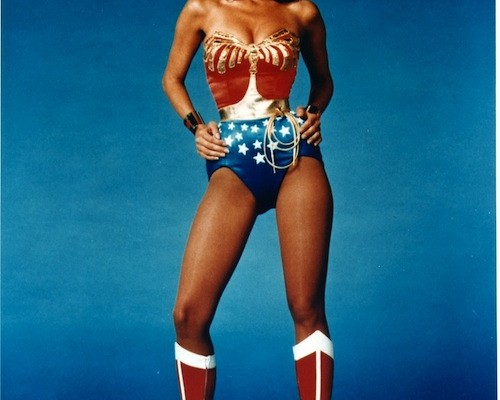



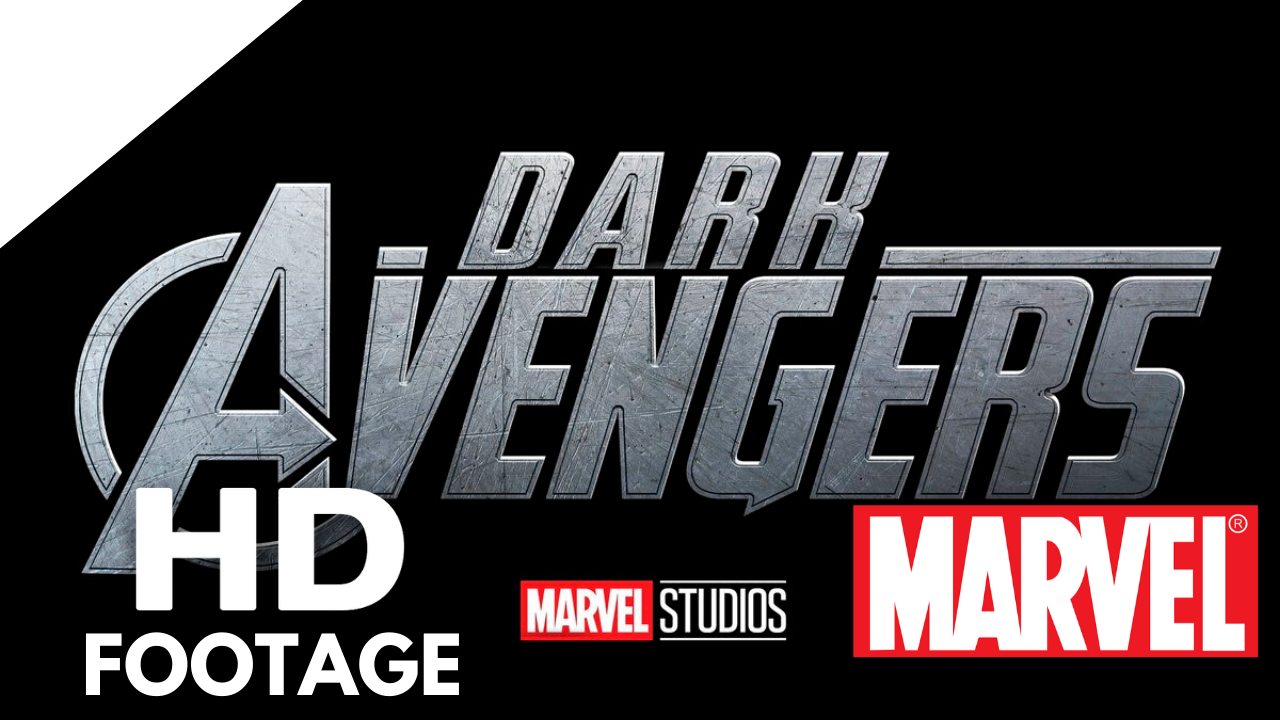
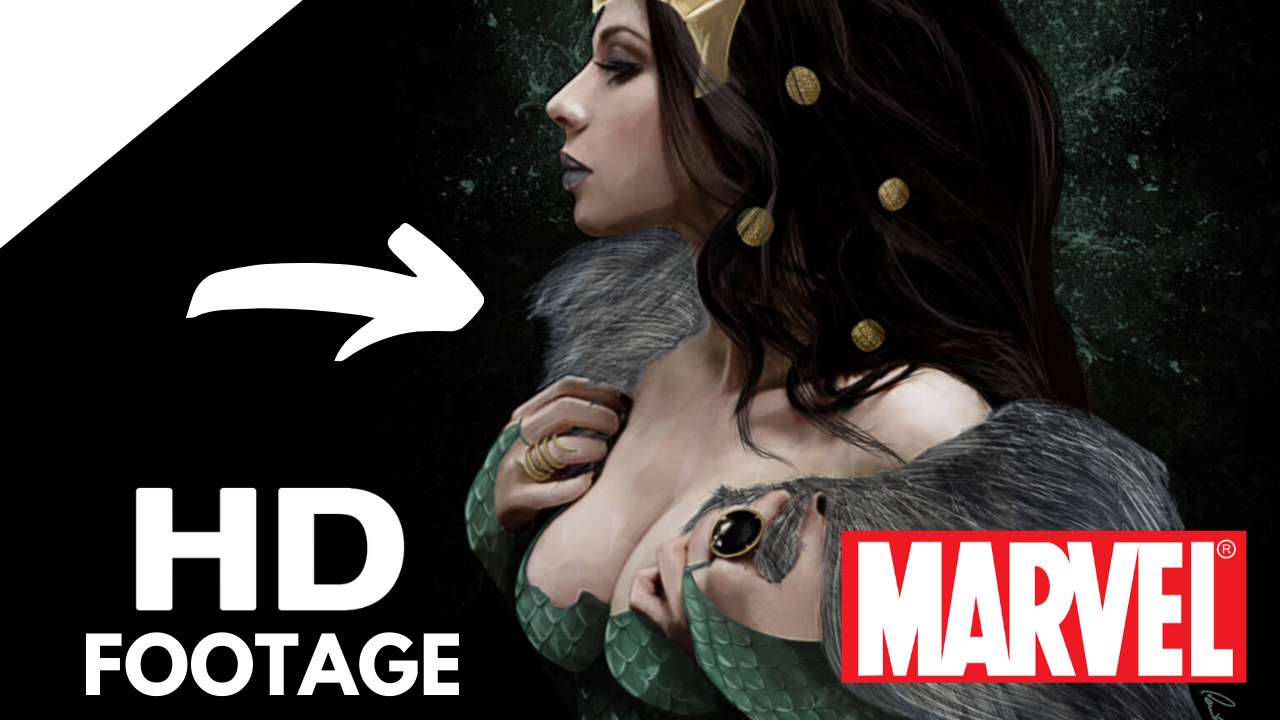
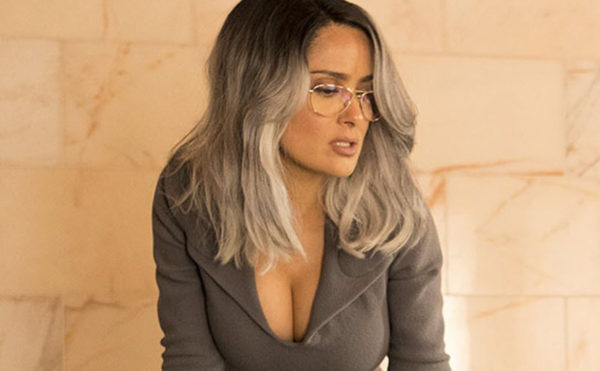
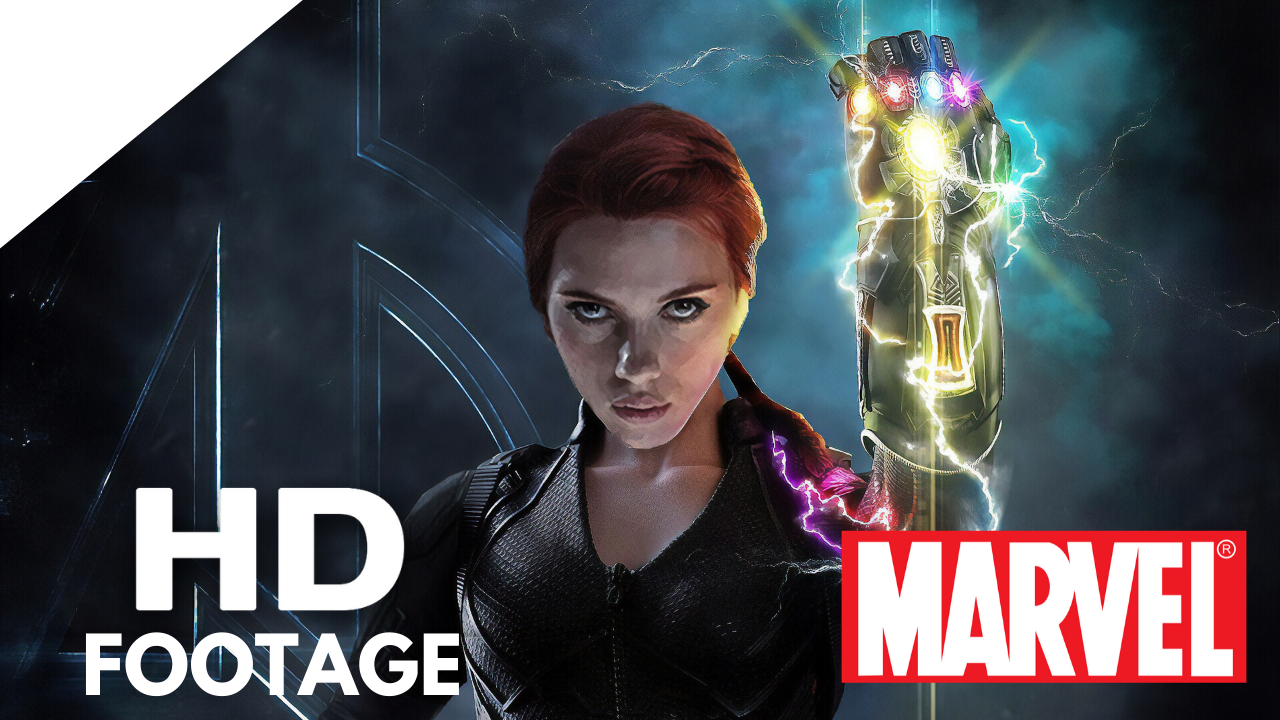
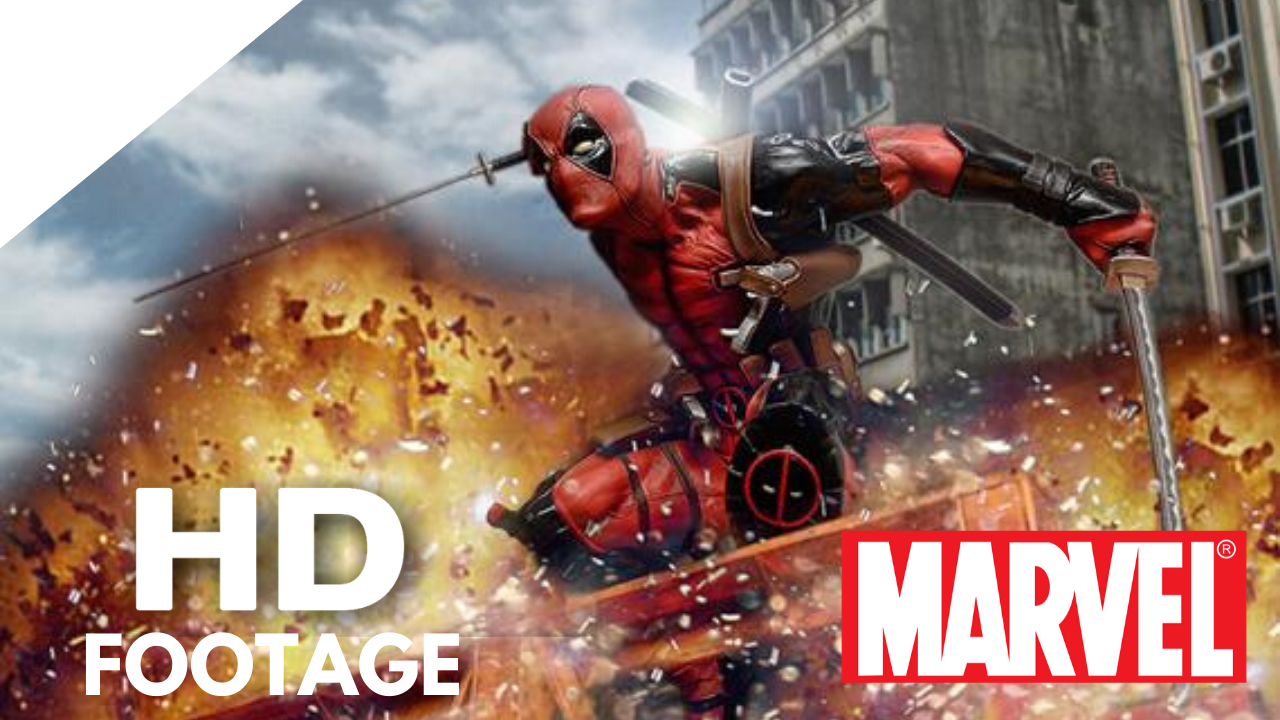
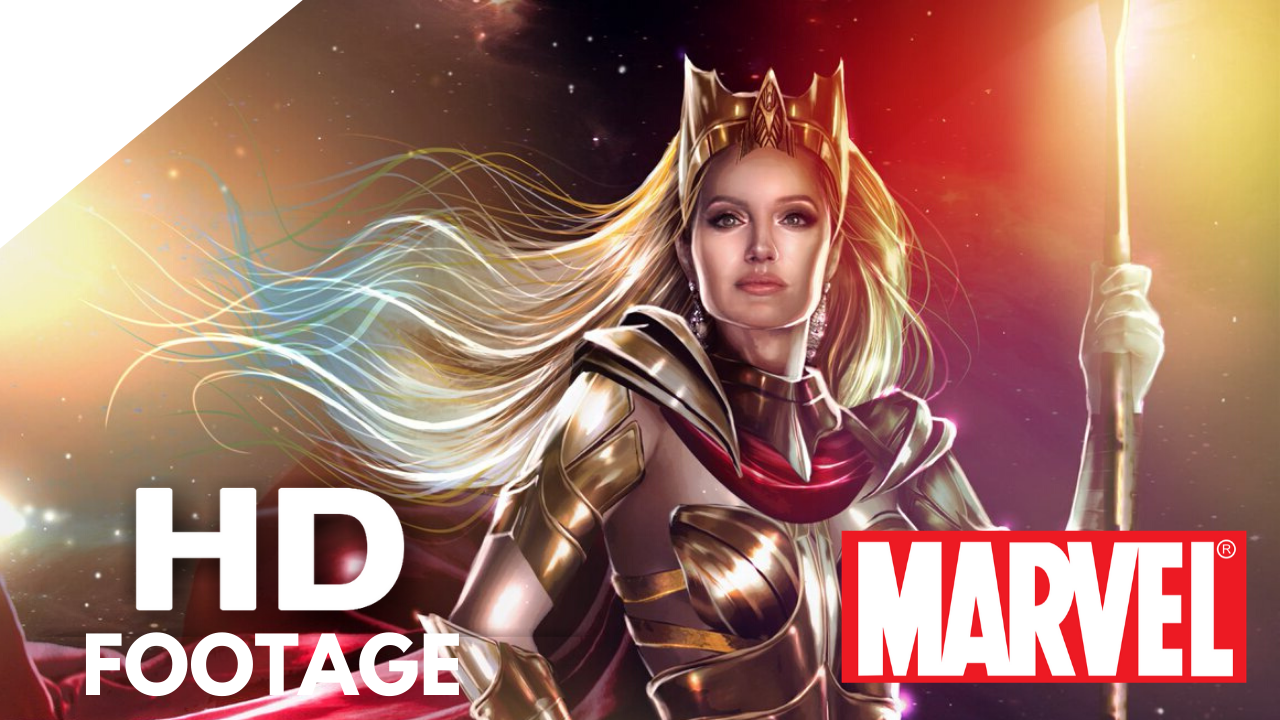
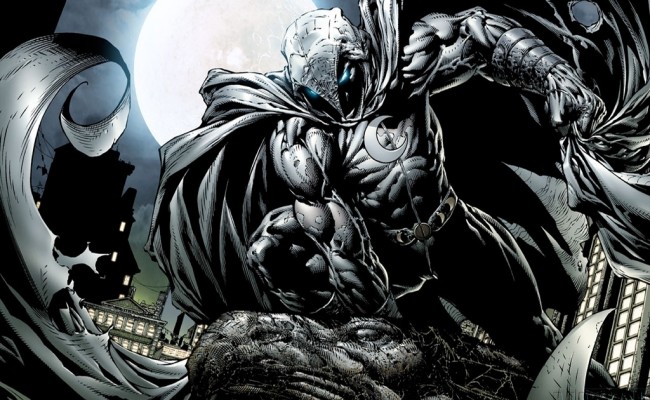
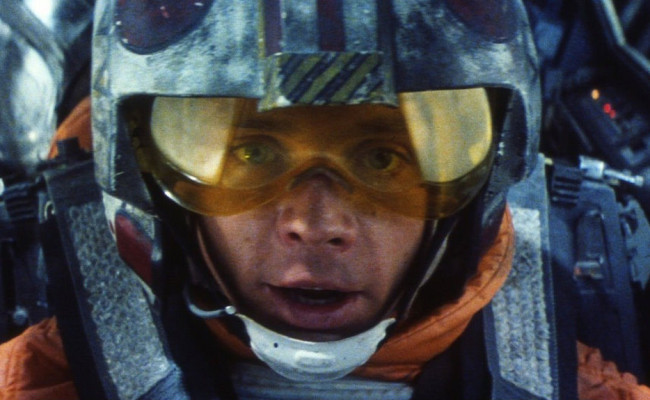
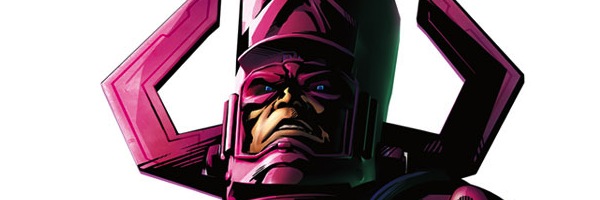
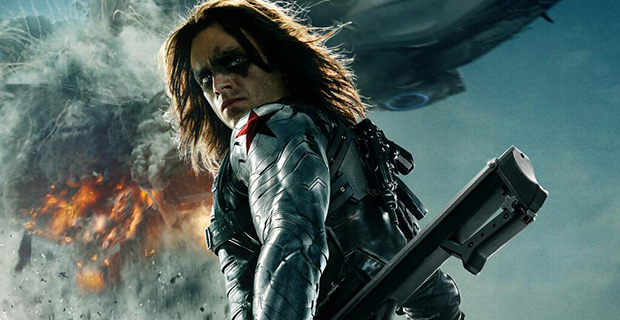
S#!T Talking Central